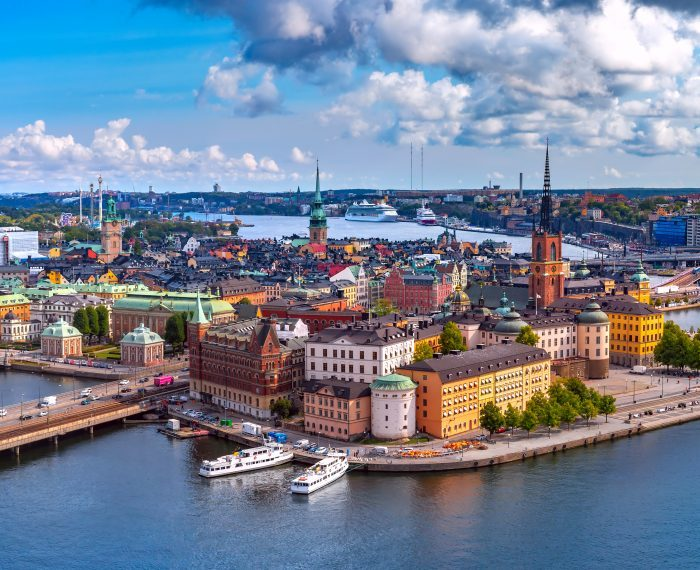Institutional Barriers to Sustainable Cities: Insights from Hammarby Sjöstad

Hammarby Sjöstad in Stockholm has been internationally praised as a flagship model for sustainable urban development. However, behind its glossy image lies a complex reality: the district failed to meet its ambitious energy efficiency target of 60 kWh/m²/year. Why?
A key reason lies in what scholar Arian Mahzouni calls “institutional lock-ins.” These are deeply embedded habits, norms, and power structures that resist change—even when innovative policies are introduced. In Hammarby Sjöstad, three types of lock-ins worked against the energy goal: behavioral (residents were reluctant to change their consumption habits), industrial (developers favored comfort and aesthetics over energy efficiency), and policy-based (shifting political priorities diluted commitments).
The city’s top-down planning approach further compounded the problem. Residents were not involved in early design stages, reducing their sense of ownership. Market-driven developers were more interested in quick returns than long-term sustainability, especially in cooperative housing where no one was responsible for energy systems after construction. Meanwhile, the city failed to enforce environmental commitments in land contracts, and incentives like subsidies (e.g., the LIP grant) were short-lived and inconsistently applied.
Mahzouni’s analysis highlights a critical lesson: achieving urban sustainability isn’t just about adopting new technologies or setting bold goals. It requires changing the institutions—formal and informal—that shape how people live, build, and govern. Until these structural barriers are addressed, many “green” cities risk falling short of their potential.
Reference: Mahzouni, A., 2015. The ‘policy mix’for sustainable urban transition: The city district of Hammarby Sjöstad in Stockholm. Environmental Policy and Governance, 25(4), pp.288-302.



